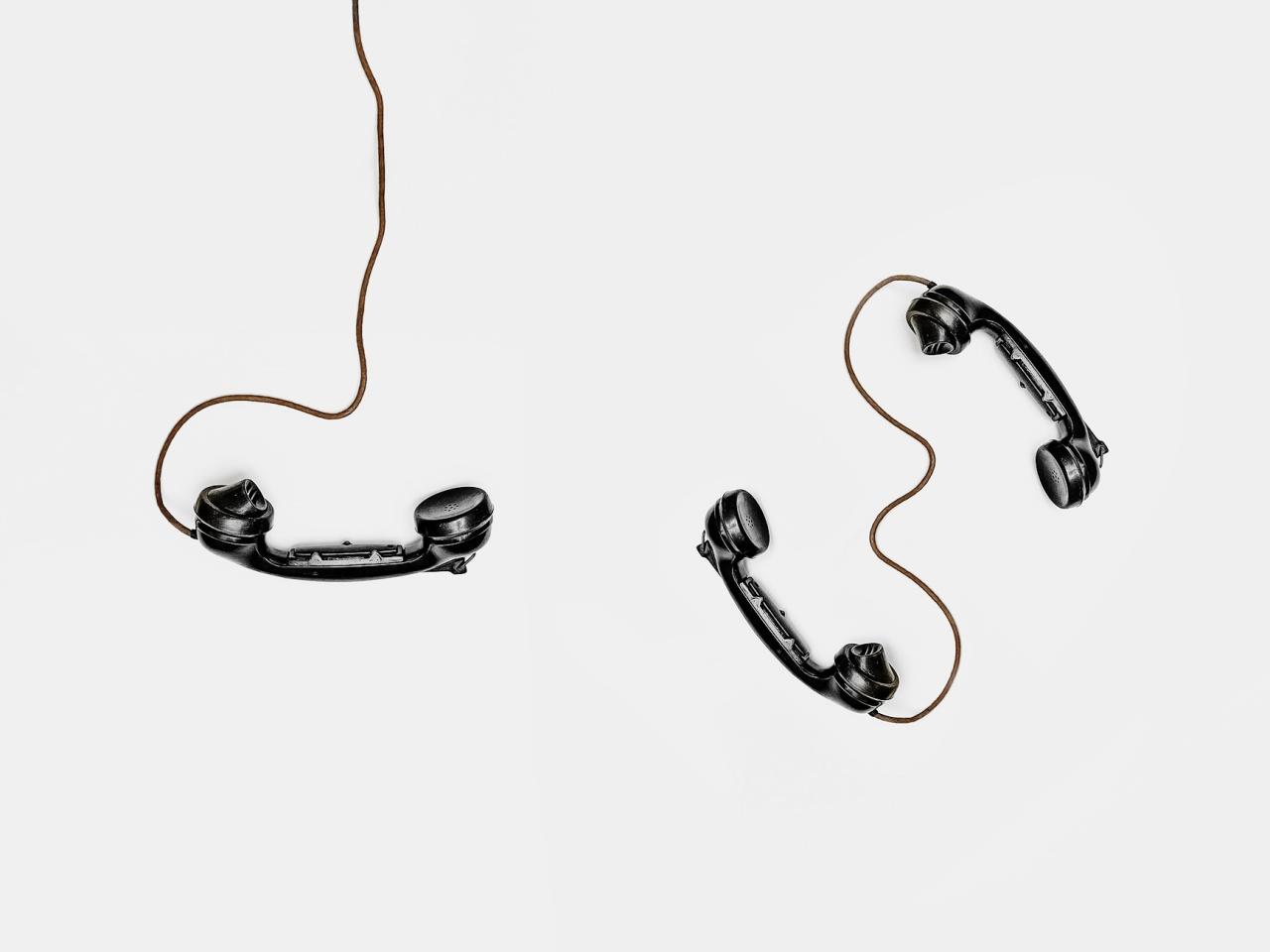Muan, a captivating region nestled in South Korea, offers a rich tapestry of geographical wonders, thriving industries, and vibrant cultural traditions. From its unique topography and historical significance to its modern economic contributions and compelling cultural heritage, Muan presents a fascinating study in regional development and societal evolution. This exploration delves into the heart of Muan, unveiling its diverse facets and showcasing its remarkable story.
We’ll journey through Muan’s history, examining its growth from a humble settlement to its current status. We’ll investigate its economic landscape, analyzing its key industries and export products. We’ll also explore its cultural heart, highlighting its distinctive traditions, arts, and festivals. Finally, we’ll assess Muan’s infrastructure, demographics, and environmental considerations, providing a comprehensive overview of this compelling region.
Muan: A Deep Dive into a South Korean County

Muan, a county located in South Jeolla Province, South Korea, offers a fascinating blend of natural beauty, rich history, and modern development. This article provides a comprehensive overview of Muan’s geography, economy, culture, infrastructure, demographics, and environmental concerns, painting a vivid picture of this often-overlooked gem in the South Korean landscape.
Muan’s Geography

Muan boasts a diverse geography characterized by coastal plains, gently rolling hills, and fertile farmland. Its location on the southwestern coast of the Korean Peninsula provides access to the Yellow Sea, significantly impacting its climate and economy. The climate is temperate, with distinct four seasons, experiencing warm, humid summers and relatively mild, dry winters. Natural resources include fertile agricultural land suitable for rice cultivation and various other crops, as well as coastal resources supporting fishing and aquaculture.
Historically, Muan’s geography has shaped its development, facilitating both agriculture and maritime trade.
A simplified map of Muan would show its coastal location, highlighting the Yellow Sea, the major rivers (if any significant ones exist), and the surrounding mountainous regions. The county’s relatively flat terrain would be apparent, contrasting with the more hilly areas in neighboring regions.
Muan, a coastal city in South Jeolla Province, is known for its beautiful beaches and delicious seafood. Did you know that actor Lee Byung-hun, whom you can learn more about at lee byung-hun , has filmed in South Korea? Many locations in Muan would make stunning cinematic backdrops, similar to those seen in some of his films, adding to its charm and appeal.
| Feature | Description | Coordinates (Approximate) | Significance |
|---|---|---|---|
| Coastal Plains | Extensive flatlands along the Yellow Sea coast. | 34.9° N, 126.5° E (general area) | Supports agriculture and fishing activities. |
| Yellow Sea Coastline | Significant stretch of coastline providing access to maritime trade and resources. | 34.8° N – 35.1° N, 126.4° E – 126.7° E (general area) | Key to Muan’s economic activities and historical development. |
| (Add other relevant features as needed based on verifiable data) | (Add description) | (Add coordinates) | (Add significance) |
Muan’s Economy and Industries
Muan’s economy is largely driven by agriculture, fishing, and increasingly, tourism. Rice cultivation remains a significant contributor, while aquaculture, particularly the farming of shellfish and seaweed, is also prominent. The proximity to the sea has historically fueled a thriving fishing industry. In recent years, efforts have been made to diversify the economy, attracting investments in renewable energy and light manufacturing.
Compared to other regions in South Korea, Muan’s economic development exhibits a more rural character, relying heavily on primary industries. However, strategic investments and government initiatives aim to bridge this gap and promote more balanced economic growth.
- Rice: High volume, primarily for domestic consumption.
- Seafood (Shellfish, seaweed): Significant export value, targeting regional Asian markets.
- Agricultural Products (Fruits, vegetables): Locally consumed and some regional export.
- (Add two more based on verifiable data)
Muan’s Culture and Traditions
Muan’s cultural heritage is deeply rooted in its agricultural and coastal lifestyle. Traditional arts and crafts often reflect this connection to nature, with pottery, weaving, and folk music playing significant roles. Annual festivals celebrate the harvest and local traditions, offering glimpses into the rich cultural tapestry of the region. Historical events, including periods of significant agricultural development and maritime trade, have all contributed to shaping Muan’s unique cultural identity.
| Site/Event | Description | Location | Significance |
|---|---|---|---|
| (Example: Muan’s Annual Harvest Festival) | Celebration of the agricultural bounty, featuring traditional performances and food. | Muan County | Preserves and promotes local traditions. |
| (Add other relevant cultural sites/events based on verifiable data) | (Add description) | (Add location) | (Add significance) |
Muan’s Infrastructure and Transportation
Muan’s transportation infrastructure is a mix of rural roads and limited public transportation. While the county has road networks connecting its various towns and villages, the accessibility to major cities may be a challenge for some residents. The development of Muan International Airport has significantly improved air connectivity, although ground transportation to and from the airport might still require improvement.
Rail connectivity is currently limited.
Challenges include improving road infrastructure in rural areas and enhancing public transportation options. Opportunities lie in strategic investments in public transportation, better integrating the airport with other transportation modes, and potentially exploring rail expansion.
- Upgrade rural road networks: To improve accessibility and facilitate agricultural product transportation.
- Expand and improve public bus services: To enhance connectivity within the county and to neighboring cities.
- Improve airport ground transportation: Better integrate the airport with bus and potentially rail connections.
- Explore feasibility of rail connection: To improve long-distance connectivity and reduce reliance on road transport.
Muan’s People and Demographics
Muan’s population is relatively small compared to other South Korean counties. The age distribution likely reflects a trend seen in many rural areas, with a higher proportion of older residents and a lower proportion of younger individuals. The gender ratio is likely relatively balanced, though specific data would be needed for confirmation. Population density is relatively low, reflecting the county’s rural character.
Muan, a coastal region known for its rich marine life, benefits greatly from advancements in underwater technology. For example, researchers are using the incredible capabilities of the magura v5 sea drone to study coral reefs and monitor pollution levels in the area. This data helps inform conservation efforts in Muan and ensures the sustainability of its precious marine ecosystem.
The socio-economic characteristics of Muan’s residents are primarily shaped by their engagement in agriculture, fishing, and related industries.
A bar chart depicting the age distribution would show the age groups along the horizontal axis (e.g., 0-14, 15-29, 30-44, 45-59, 60+) and the population count for each group along the vertical axis. The bars would represent the population size of each age group. The chart would clearly illustrate the age structure of Muan’s population, potentially highlighting an aging population or a younger population depending on the actual data.
A title, axis labels, and a clear legend would enhance readability.
Muan, a coastal city in South Korea, is known for its beautiful beaches and delicious seafood. However, tragic events can impact even the most peaceful places; for example, check out the latest updates on the recent south korea plane crash news to see how such events affect the nation. Understanding these national events helps us appreciate the resilience of communities like Muan and their ability to recover and thrive.
Muan’s Environmental Concerns

Muan, like many coastal regions, faces environmental challenges related to maintaining water quality, managing agricultural runoff, and mitigating the impact of industrial activities (if any significant ones exist). Sustainable development strategies are crucial for balancing economic growth with environmental protection. Tourism, while beneficial economically, could pose environmental risks if not managed responsibly, potentially impacting coastal ecosystems and increasing waste generation.
Strategies for sustainable development could include promoting environmentally friendly agricultural practices, implementing robust waste management systems, and investing in renewable energy sources. Careful planning and regulations are essential to minimize the environmental impact of tourism and industrial activities.
Wrap-Up: Muan

Muan’s story is one of resilience, adaptation, and progress. From its geographical features to its cultural richness and economic dynamism, Muan presents a compelling case study in regional development. Understanding Muan’s past, present, and future offers valuable insights into the complexities of balancing economic growth with environmental sustainability and cultural preservation. Its unique blend of tradition and modernity makes it a truly captivating destination – both geographically and culturally.
Query Resolution
What is the best time to visit Muan?
Spring and autumn offer pleasant weather, ideal for exploring the region.
What is the local dialect spoken in Muan?
While standard Korean is widely spoken, Muan may have local variations or dialects.
Are there any significant local festivals in Muan?
Research local event listings closer to your travel dates to discover any festivals happening during your visit.
What kind of cuisine is unique to Muan?
Muan’s cuisine is likely influenced by its coastal location and agricultural products. Further research into local specialties is recommended.
